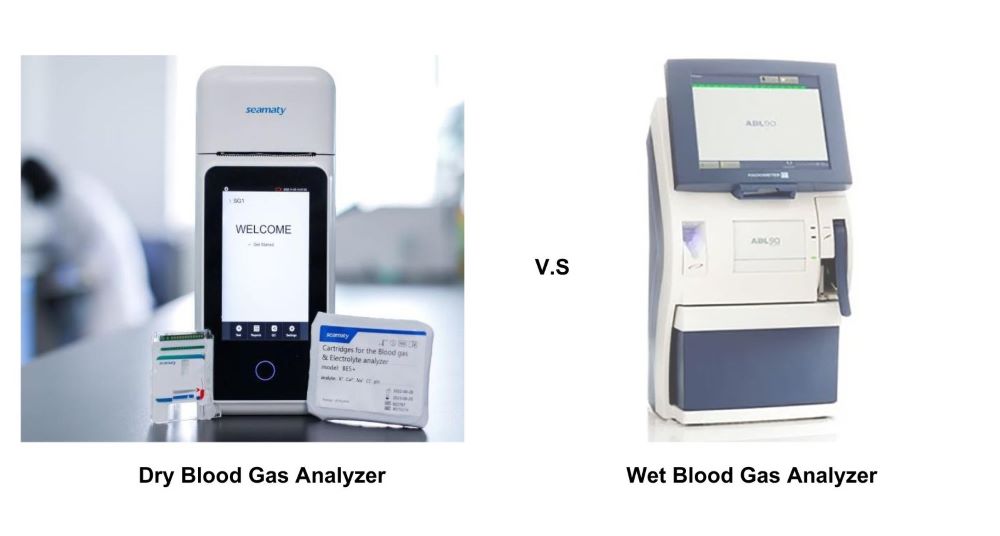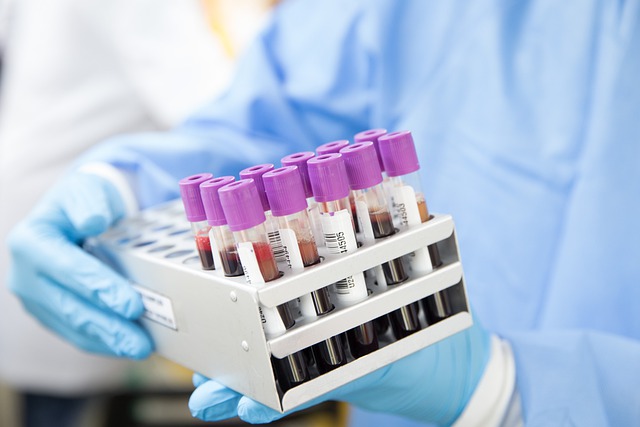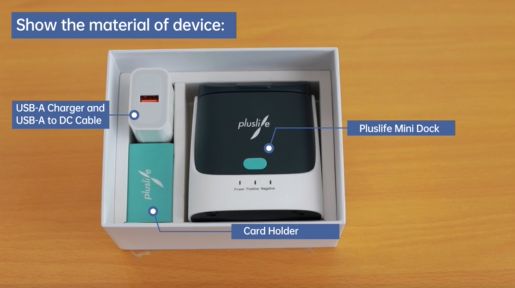Microfluidic chip technology is the cornerstone of biochips. It integrates the processes involved in sample pretreatment, biochemical reactions, sorting and detection in the fields of chemistry, biology and medicine into a few square centimeters of chip through multidisciplinary intersection. This enables a miniaturized, automated, integrated and portable technology from sample pre-treatment to subsequent analysis. Microcontrolled flow technology has the advantages of low sample consumption, fast assay speed, easy operation, multi-functional integration, small size and portability.
1. Immediate testing and clinical diagnosis
Instant test technology is very important for some rapidly deteriorating diseases. Microfluidic assay chips have the potential to replace conventional biochemical laboratories due to their inherent rapid and sensitive characteristics and. In the field of POCT, microfluidic technology has promising applications in a range of biochemical analyses including clinical analysis (blood gas analysis, glucose/lactate analysis, etc.), DNA analysis (including nucleic acid sequence analysis), proteomics analysis (proteins and peptides), comprehensive analysis, immunoassays, toxicity testing and forensic identification
Currently, several companies have launched microfluidic POCT products, including blood glucose meters, hematology analyzers, and portable biochemical analyzers. These portable instruments can support the rapid detection of blood gases, electrolytes, biochemistry, blood coagulation, cardiac markers and other substances in blood. Moreover, more instant test devices based on microfluidic technology are on the way to commercialization.
2. miniaturized, portable microfluidic systems
For the field of chemical testing and analysis, many people's concept is still stuck in the impression of a large instrument in the laboratory. But with the rise of POCT, the demand for portable testing and analysis equipment is expanding. Microfluidic technology also plays an important role in this. As an example, microfluidic PCR instruments enable fluorescence quantification of genetic samples. By combining components such as PCR chips, temperature control units, and fluorescence signal acquisition units, it is possible to shrink the assay equipment to the point where it can be taken everywhere without confinement to a dedicated laboratory.
3. Microfluidics and drug activity and toxicity studies
New drug development usually includes the discovery and screening of drugs and active ingredients, drug targets, drug metabolism and drug toxicity studies. Rapid, high-throughput, low-cost, and low-consumption studies on a large number of drug candidates are the current goals and needs for active ingredient discovery and screening. This is another area where microfluidics can make a big difference.
Current technology is capable of coupling microfluidic chips with mass spectrometry. It can integrate multiple units such as cell culture, metabolite generation, sample pretreatment and detection. This allows for the study of drug metabolism. The integrated microfluidic chip also allows simultaneous high-throughput cytotoxicity screening and online monitoring of metabolites by ESI-Q-TOF mass spectrometry. It is believed that in the future, further integration can greatly accelerate the progress of drug development for the benefit of patients.
Seamaty biochemical diagnostic reagent tray is a highly integrated sample handling system based on microfluidic technology. This reagent is used with the companion Seamaty biochemistry analyzer. The reagent tray contains components with integrated optical and mechanical functions that cooperate with the instrument to participate in every stage of blood analysis. This enables a series of operations such as blood sampling, separation, dilution, reaction and detection to be performed within a small reagent tray.


